The Best Rechargeable Hearing Aids of 2025 (Audiologist Reviewed)
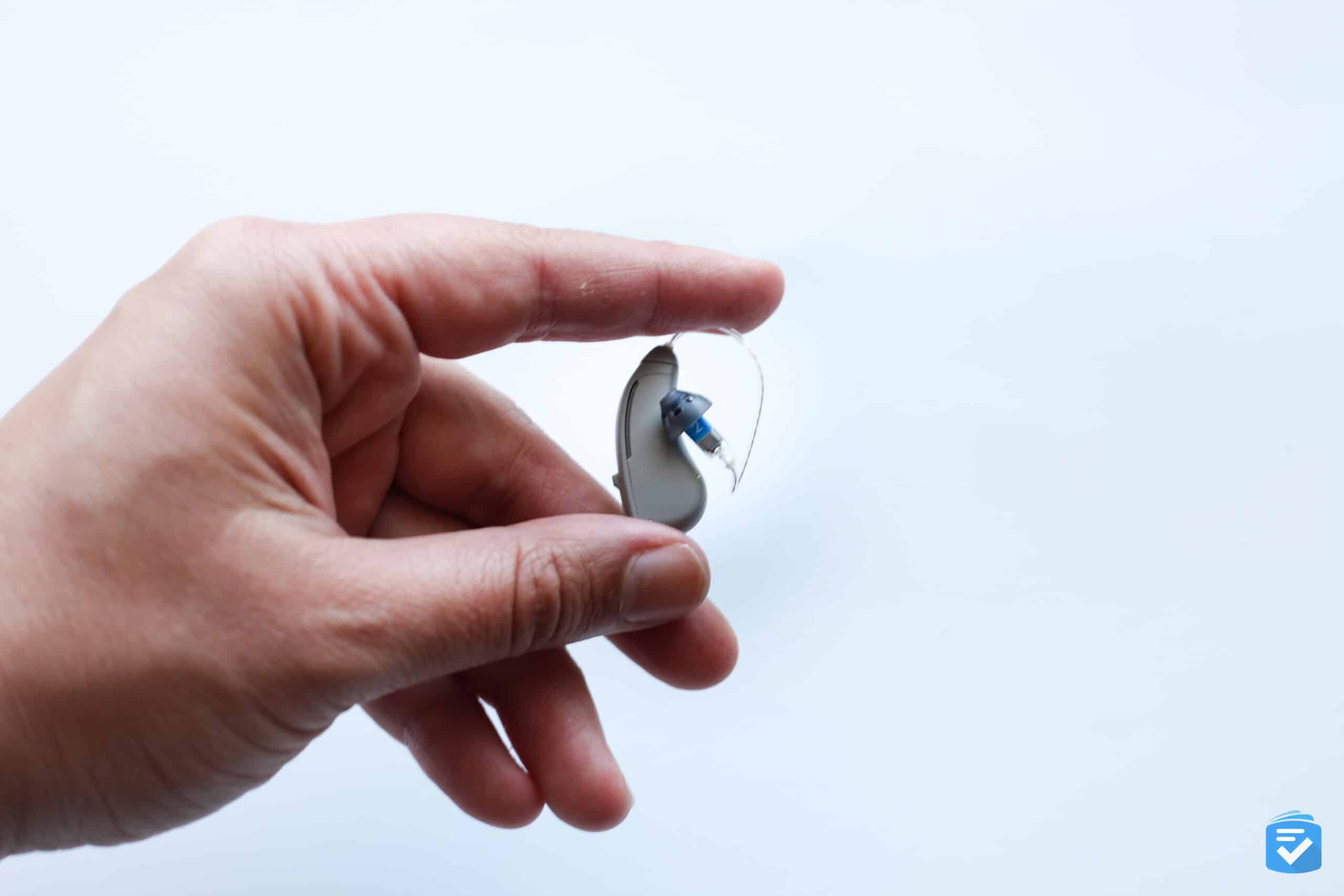
Key Findings
- Eargo hearing aids are incredibly discreet, and their batteries lasted 16 hours on a single charge.
- Jabra Enhance hearing aids demonstrated the longest-lasting battery life, lasting up to 30 hours on a single charge.
- MDHearing hearing aids lack features like Bluetooth streaming and smartphone adjustments, but their batteries last up to 24 hours before needing a recharge.
Why Trust TheSeniorList?
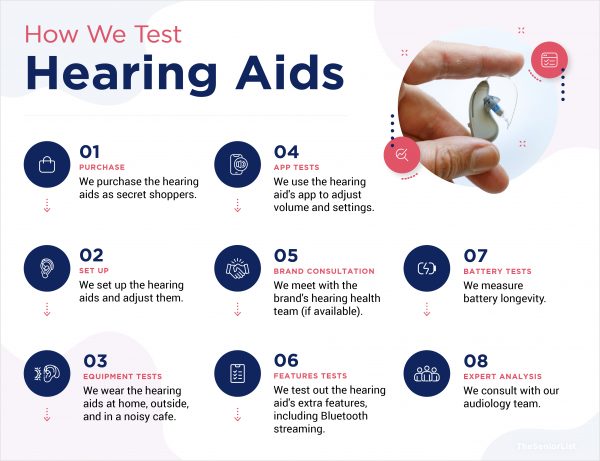
To create this list, we tested 30 different hearing aids from 12 leading brands. To evaluate each device, we used the following criteria:
- Cost: With prescription hearing aids often costing upward of $3,000 for a pair, we looked for devices that cost far less.
- Battery life: Traditional hearing aid batteries can last for weeks, but rechargeable ones require frequent charging. We looked for hearing aids that could last for an entire day.
- Bluetooth compatibility: The best hearing aids not only help you hear the world around you, but they also sync to your television, phone, and other devices. We looked for powerful devices with Bluetooth connections for this type of listening.
- Sound quality: Batteries aside, a hearing aid needs to have exceptional sound quality, so we tested each of them in a variety of environments.
The Best Rechargeable Hearing Aids in 2025
- Eargo 6 : Best Rechargeable Hearing Aids
- Jabra Enhance Select 500 : Longest-Lasting Batteries
- MDHearing VOLT : Most Affordable Hearing Aid
Our Top Picks Compared
|
Eargo 6
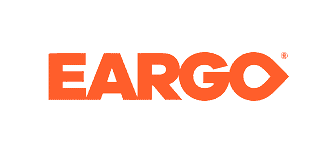 |
Jabra Enhance Select 500
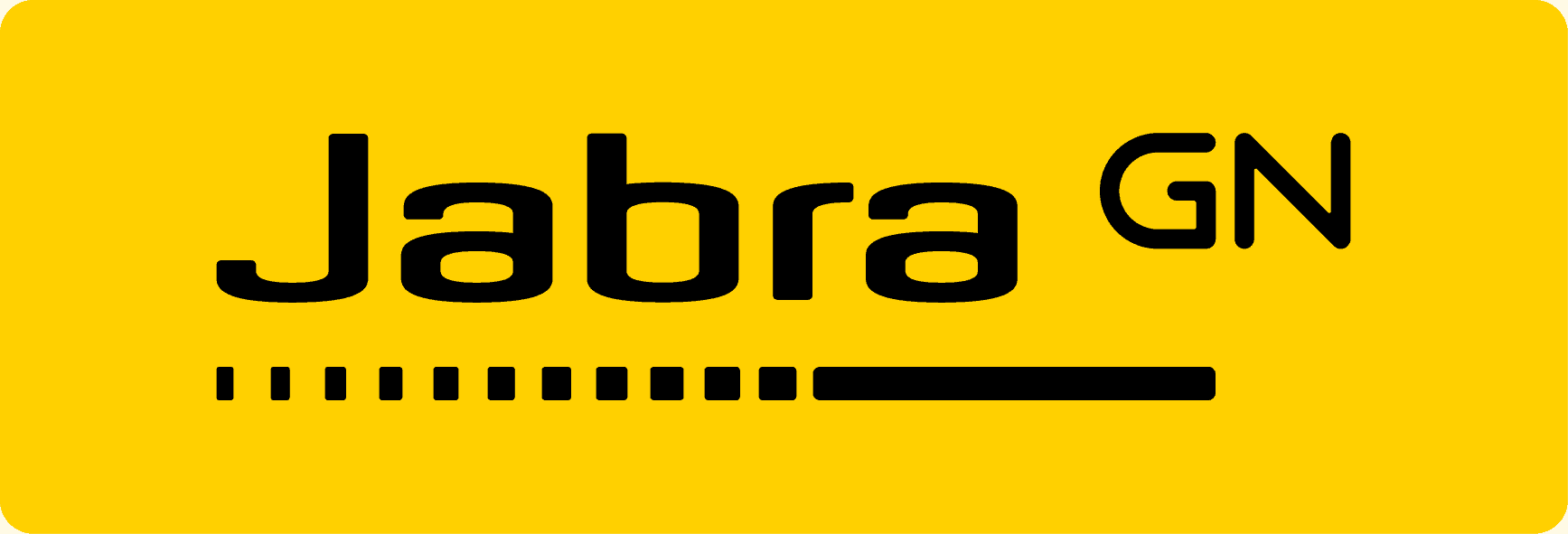 |
MDHearing VOLT
 |
|
|---|---|---|---|
| Rating out of 5 | 4.2 | 4.5 | 4.1 |
| Cost for a Pair | $2,250 |
$1,795 – $1,995 |
$397 |
| Battery Life | 16 hours |
30 hours |
24 hours |
| Standout Features |
|
|
|
| Read More | MDHearing VOLT Review |
Eargo 6 - Best Rechargeable Hearing Aids
What We Like Most:
- 16-hour battery life
- Virtually invisible in-ear models
- Lifetime licensed support
- Flexible payment plans
Overview
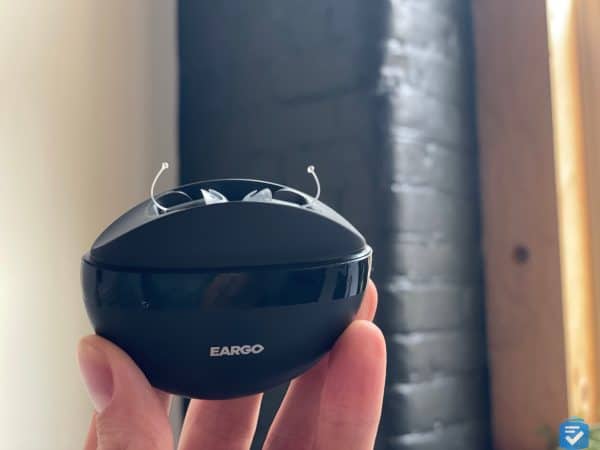
Cost for a pair: $2,250
Eargo 6 hearing aids are among the smallest in the industry. They fit completely in the ear, and they’re nearly invisible when worn. But don’t let the size fool you. They’re small, but Eargo 6 hearing aids have advanced audio technology. When paired with the Eargo smartphone app, they can be remotely adjusted both by the user and by Eargo hearing health professionals.
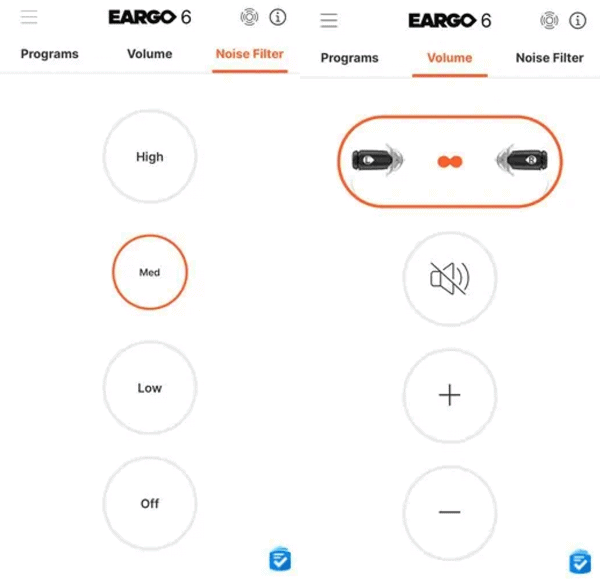
It takes about six hours for Eargo 6 hearing aids to reach a full charge. The devices charge via induction, so they don’t have to make contact with a specific point on the charger and are very forgiving if you have dexterity issues. A full charge should last around 16 hours, but the length varies with the amount of use. Eargo 6 hearing aids come with a portable charging case that provides on-the-go charging for up to three days. This compact container takes only two hours to fully recharge.

Eargo prices are pretty reasonable. A pair of Eargo 6 hearing aids costs $2,250 and comes with a one-year warranty, lifetime remote support, and a 45-day trial period. Financing options are also available.
Eargo 6 hearing aids are great for active adults looking for a discreet model with unparalleled sound quality. They’re even rated IPX7 for water resistance. To learn more about the Eargo 6, check out my full review of Eargo.
Pros
- Automatic sound adjustments
- Compact charging case
- Water-resistant devices
- Nearly invisible when worn
Cons
- No Bluetooth audio streaming
Pro Tip: New to the world of hearing aids? Check out my hearing aid guide to learn about hearing aid brands, how they work, and which one may be right for you.
Jabra Enhance Select 500 - Longest-Lasting Batteries
 View Packages
Links to Jabra Enhance
View Packages
Links to Jabra Enhance
What We Like Most:
- 30-hour battery life
- 100-day risk-free trial
- Bluetooth audio streaming
- Companion smartphone app

Overview
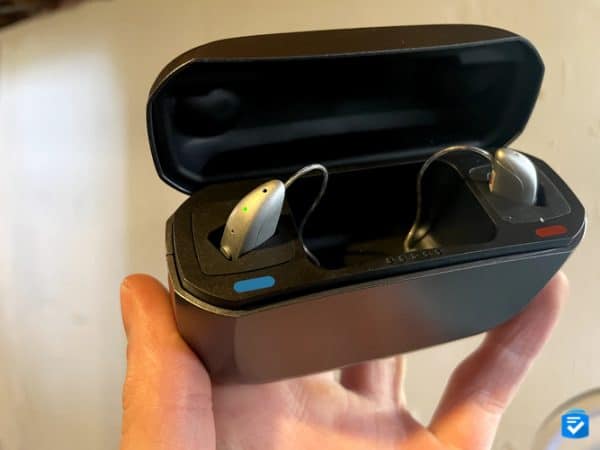
Cost for a pair: $1,795 – $1,995
Known for its convenient customer care and high-quality hearing aids, Jabra is one of our favorite hearing aid companies. Of its two hearing aid models, the Jabra Enhance Select 500 differentiates itself with rechargeable batteries. Add that to remote audiologist support, customized sound settings, and premium sound quality, and you have one of the best rechargeable hearing aids.
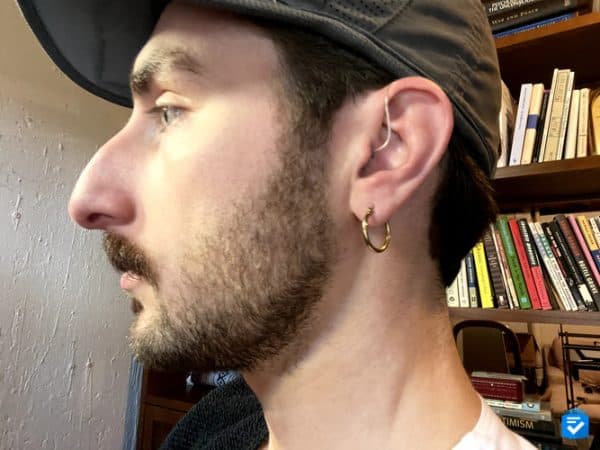
The Jabra Enhance Select 500 has amazing battery life, capable of lasting 30 hours on a single charge. When you purchase Jabra Enhance Select 500, you’ll receive a charging case that can hold additional charges.

The Jabra Enhance Select 500 is available only in a behind-the-ear (BTE) style, but its Bluetooth compatibility allows you to pair it to your smartphone. Through the Jabra app, you can both make adjustments to your hearing aids’ sound and stream audio from your phone. While Eargo hearing aids have a smartphone app, the Enhance Select 500 is the only device on this list that allows you to stream audio directly to your hearing aids.
You can try the Jabra Enhance Select 500 risk-free for 100 days, during which you can return the hearing aids for a full refund. The devices are also covered by a one-year warranty when you pay $1,795. If you pay an extra $200, this warranty will be extended to three years.
To learn more about Jabra hearing aids, check out our Jabra hearing aids review.
Pros
- Bluetooth streaming capabilities
- A smartphone app that simplifies programming
- Can be purchased online
- 10 audio settings
Cons
- Only available in BTE style
MDHearing VOLT - Most Affordable Hearing Aid
What We Like Most:
- Under $400 for a pair
- 24-hour battery life
- Resistant to water, sweat, and dirt
- Four audio settings
Overview
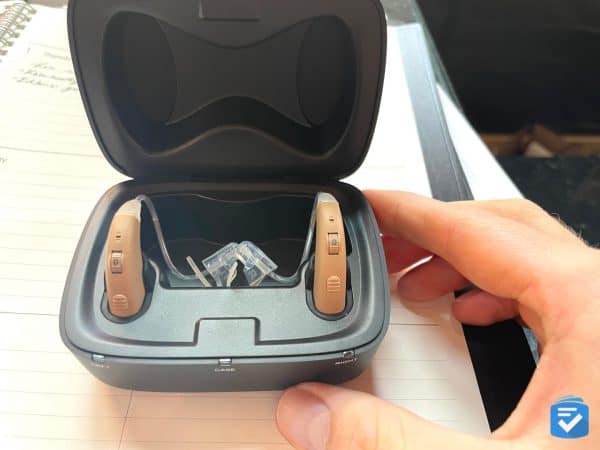
Cost for a pair: $397
The MDHearing Volt BTE hearing aid boasts a long-lasting battery and advanced durability. Its sophisticated coating protects against water damage without sacrificing its great sound quality. The Volt also has four settings that can be adjusted depending on the environment. It includes two directional microphones that aid in noise reduction; plus, it also has advanced feedback cancellation to protect against the whistling that sometimes happens with hearing aids.
The MDHearing Volt has batteries that can last up to 24 hours between charges. It also comes with a case that works as a portable charging station, which provides an additional three full charges before it needs to be plugged into a power source.

The Volt is great for adults with active lifestyles. Its settings work in noisy environments, such as crowded restaurants and other social environments. With a 24-hour charge and three additional days of battery power from the chargeable carrying case, its users can leave home without worrying about losing power.
To learn more about MDHearingAid and its other models, check out our MDHearingAid review.
Pros
- Incredibly affordable
- 24-hour battery life
- Great customer support
- Useful noise reduction
Cons
- No Bluetooth functionality
- Somewhat bulky design
Honorable Mentions
While the following brands didn’t make the cut, they performed well in our tests. They might be worth a second look.
- Lexie: In our Lexie hearing aids review, we were impressed by their sound quality; however, we found that the batteries required a recharge after 14 hours of use.
- Phonak: Phonak hearing aids have always impressed us with sound quality and long-lasting batteries; however, their high costs ($3,000-$6,000 for a pair) prevented us from including them.
- Audien: With hearing aids costing $99, Audien is one of the most affordable hearing aid brands; however, their limited features prevented them from making the list. That said, their batteries lasted between 20 and 24 hours.
Rechargeable vs. Traditional Hearing Aids
| Rechargeable Hearing Aids | Traditional Hearing Aids |
|---|---|
|
|
Conclusion
As with most hearing aids, advanced technology often comes at a premium. Most models listed here offer similar rechargeable battery life, return windows, and warranties, but you should consider which additional features may most benefit your lifestyle.
To learn more about our favorite hearing aids, check out our helpful guides:
Frequently Asked Questions
-
How long do rechargeable hearing aids last?
Most rechargeable hearing aids last between 10 and 30 hours on a single charge.
-
How do you charge rechargeable hearing aids?
Rechargeable hearing aids come with either a charging dock or charging case. The latter of which offers a convenient and portable way to charge your hearing aids, similar to AirPods.
-
Are there invisible rechargeable hearing aids?
Rechargeable hearing aids are often on the larger side, but Eargo makes invisible hearing aids with rechargeable batteries.
-
Are rechargeable hearing aids better than devices with disposable batteries?
Rechargeable hearing aids have similar features and functionality to traditional hearing aids. The only difference is battery life.

